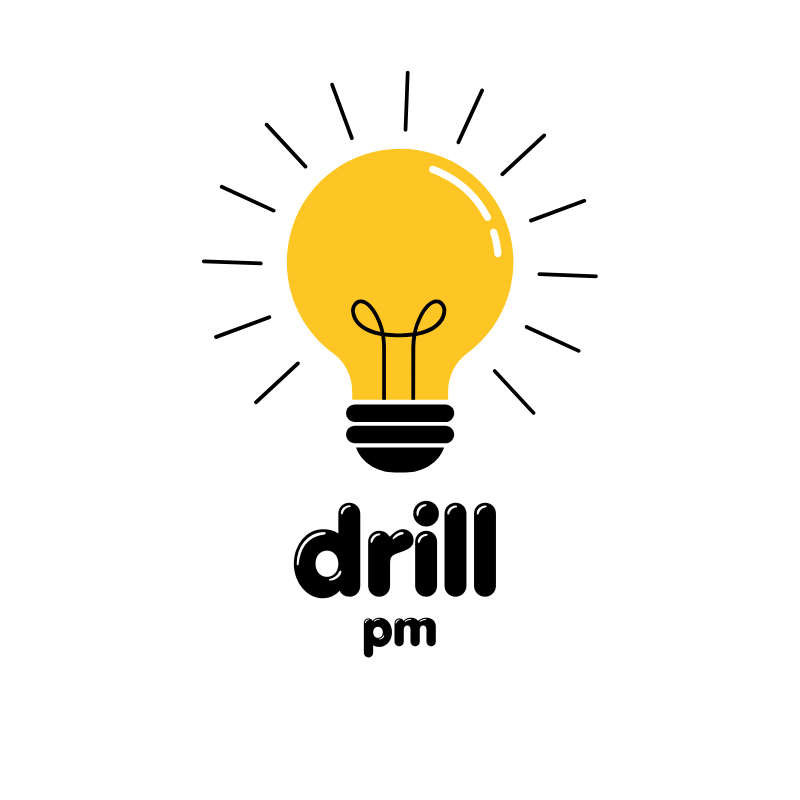Anúncios
Remote work is no longer just a trend—it’s a reality for millions of people across the United States. Whether you’re a freelancer working on your own terms or an employee navigating a hybrid model, the need to stay productive while working from home is more important than ever. Yet, without the traditional office structure, many professionals struggle to maintain focus and efficiency.
Working remotely comes with undeniable benefits: flexibility, autonomy, and the comfort of your own space. But with these advantages also come new challenges, such as distractions at home, blurred work-life boundaries, and communication hurdles with teams spread across different locations and time zones.
If you’re wondering how to create a productive remote work routine that actually works, you’re in the right place. This article will guide you through proven strategies, essential tools, and powerful mindset shifts. No unrealistic promises—just real, practical steps to help you build a work-from-home routine you can count on. Let’s dive in.
Understanding the remote work mindset
The first step to becoming productive in a remote environment is developing the right mindset. Working from home or any remote location means you’re fully responsible for your output, focus, and motivation. Unlike a traditional office where routines and supervision create natural boundaries, remote work requires you to set those boundaries yourself.
This mindset starts with taking ownership. That means treating your remote job or freelance projects with the same level of seriousness as you would in a corporate setting. It also involves self-discipline, emotional intelligence, and adaptability. You need to be able to shift gears when things don’t go as planned and manage your emotions when isolation or frustration creeps in.
Adopting a growth mindset also helps. Remote work environments constantly evolve—tools change, teams shift, and expectations are redefined. Professionals who embrace learning, seek feedback, and adapt quickly tend to thrive in this setup. A productive mindset isn’t fixed; it’s built and refined daily.
Setting up a productive workspace
One of the biggest mistakes remote workers make is underestimating the importance of their workspace. Your environment influences your concentration, creativity, and overall productivity. That’s why a dedicated workspace—not your bed or kitchen table—is essential.
Start by choosing a quiet area with good lighting. Natural light is ideal for maintaining energy levels and reducing eye strain. Invest in a comfortable chair and desk that promote good posture. If you work on a laptop, consider using an external monitor and keyboard to create a more ergonomic setup.
Make your space inspiring but not distracting. A clean and organized environment supports focus. Add personal touches like plants, motivational quotes, or a soft light source to make it pleasant. And don’t forget the tech essentials—strong internet, noise-canceling headphones, and backup power (if needed) are vital tools for a smooth workflow.
Mastering time management and routines
Time management is often the biggest productivity killer for remote workers. Without someone clocking your hours or watching your output, it’s easy to slip into habits that drain your day. That’s why establishing a structured routine is non-negotiable.
Begin with a consistent start time. Even if flexibility is part of your job, waking up and beginning work at a similar hour each day creates a rhythm for your brain. Use time-blocking techniques to allocate focused work periods, breaks, meetings, and even meals.
The Pomodoro Technique is especially useful: work for 25 minutes, then take a 5-minute break. After four sessions, take a longer break of 15–30 minutes. Tools like Toggl or Clockify help track your time and analyze where it’s going. Creating rituals for starting and ending your workday also mentally separates your professional and personal time.
Using the right digital tools
Your productivity heavily depends on the tools you use. The good news? There’s a wide range of digital tools designed specifically for remote workers. The key is to choose tools that match your workflow, team size, and type of work.
For communication, tools like Slack and Zoom keep you connected with colleagues or clients in real-time. For project management, Trello, Asana, and ClickUp help organize tasks, set deadlines, and monitor progress.
If you work with files, Google Drive and Dropbox are essential for easy access and collaboration. For focus, apps like Forest or Freedom block distractions and help you concentrate.
Avoid tool overload. Pick a few core tools, integrate them properly, and stick to consistent usage. The simpler and more intuitive your tech stack is, the more productive you’ll be.
Minimizing distractions and maintaining focus
Working remotely often means dealing with distractions—family members, pets, household chores, or just the temptation to scroll on your phone. To overcome this, you need intentional strategies.
First, communicate boundaries with those you live with. Set specific work hours and hang a “Do Not Disturb” sign if necessary. If you’re easily distracted by noise, use noise-canceling headphones or play focus-enhancing sounds on platforms like Brain.fm.
Turn off non-essential notifications on your phone and desktop. Better yet, keep your phone in another room while working. Use website blockers like Cold Turkey or StayFocusd to limit access to social media during focus periods.
Lastly, create a daily task list with 3 to 5 key priorities. This helps you avoid the trap of being “busy” but not productive. Prioritize deep work—tasks that require high concentration—and do them during your peak energy hours.
Communicating effectively with your team
One of the top concerns in remote work is communication. Without face-to-face interactions, it’s easy for misunderstandings to happen or for team members to feel disconnected. Clear and consistent communication is essential for remote productivity.
Use overcommunication wisely. That means providing context, confirming understanding, and following up when needed. In tools like Slack or Teams, use threads, emojis, or even quick Loom video updates to keep conversations human and engaging.
Be proactive. Don’t wait to be asked for updates or stuck on a task—reach out. Schedule regular check-ins with your team or manager to align expectations and timelines. When working across time zones, use shared calendars like Google Calendar or Calendly to coordinate meetings.
Finally, write clearly. Since much of remote communication is written, good writing skills matter. Use tools like Grammarly to improve clarity and avoid confusion.
Staying motivated and avoiding burnout
Motivation tends to dip when you’re working alone for long periods. Over time, this can lead to burnout—especially if you don’t manage your mental health or schedule appropriately.
One powerful way to stay motivated is to set short-term goals. Break your projects into smaller milestones and celebrate achievements along the way. Having something to look forward to—even something simple like a coffee break or a walk—helps keep your momentum.
Don’t neglect self-care. This includes proper sleep, physical movement, hydration, and healthy eating. Taking breaks is not laziness—it’s strategy. Burnout often comes from ignoring signs of fatigue until it’s too late. Practice mindfulness or meditation through apps like Headspace or Calm to reset your mind.
Lastly, stay socially connected. Remote work can be isolating. Schedule virtual coffees with colleagues, join online communities in your field, or attend webinars to feel part of a larger network.
Measuring productivity and making adjustments
To improve your productivity, you need to measure it. Without data or feedback, it’s hard to know what’s working and what isn’t. Start by tracking your time and energy levels across different tasks and days.
Use journaling or time tracking apps to analyze patterns. When are you most focused? What tasks drain you the most? This allows you to schedule smarter and align high-energy hours with demanding work.
Get feedback from clients or supervisors. Ask what could be improved or what they appreciated about your work. It gives you external validation and direction for growth.
Also, be open to change. If a routine or tool isn’t serving you, pivot. Productivity is dynamic—what worked a month ago might not be ideal now. Review your systems monthly and experiment until you find your best rhythm.
Conclusion
Working remotely can be both liberating and challenging. It gives you the freedom to design your ideal workday, but it also requires strong discipline, smart planning, and a proactive mindset. By setting up a workspace, mastering routines, using the right tools, and staying mentally fit, you can turn remote work into a lifestyle that supports—not sabotages—your productivity.
With consistency and awareness, it’s possible to thrive outside the traditional office. Whether you’re freelancing from home or managing corporate projects remotely, the power to stay productive is entirely in your hands.
Frequently Asked Questions
1. What’s the most important tool for remote productivity?
There’s no single tool, but a reliable project management app like Trello or Asana combined with a communication tool like Slack can drastically improve your workflow.
2. How can I stay productive with kids or family at home?
Set clear boundaries, create a schedule with focus blocks, and communicate your work hours with everyone in the house.
3. Is remote work suitable for everyone?
Not always. It depends on your personality, work style, and environment. Some people thrive on autonomy, while others miss in-person interaction.
4. How do I separate work and personal life when working from home?
Use rituals to start and end your day, avoid working from your bed, and define a physical workspace, even if it’s a small corner.
5. What if I feel unmotivated working remotely?
Start small with achievable goals, connect with others regularly, take meaningful breaks, and review your “why” for working remotely.



